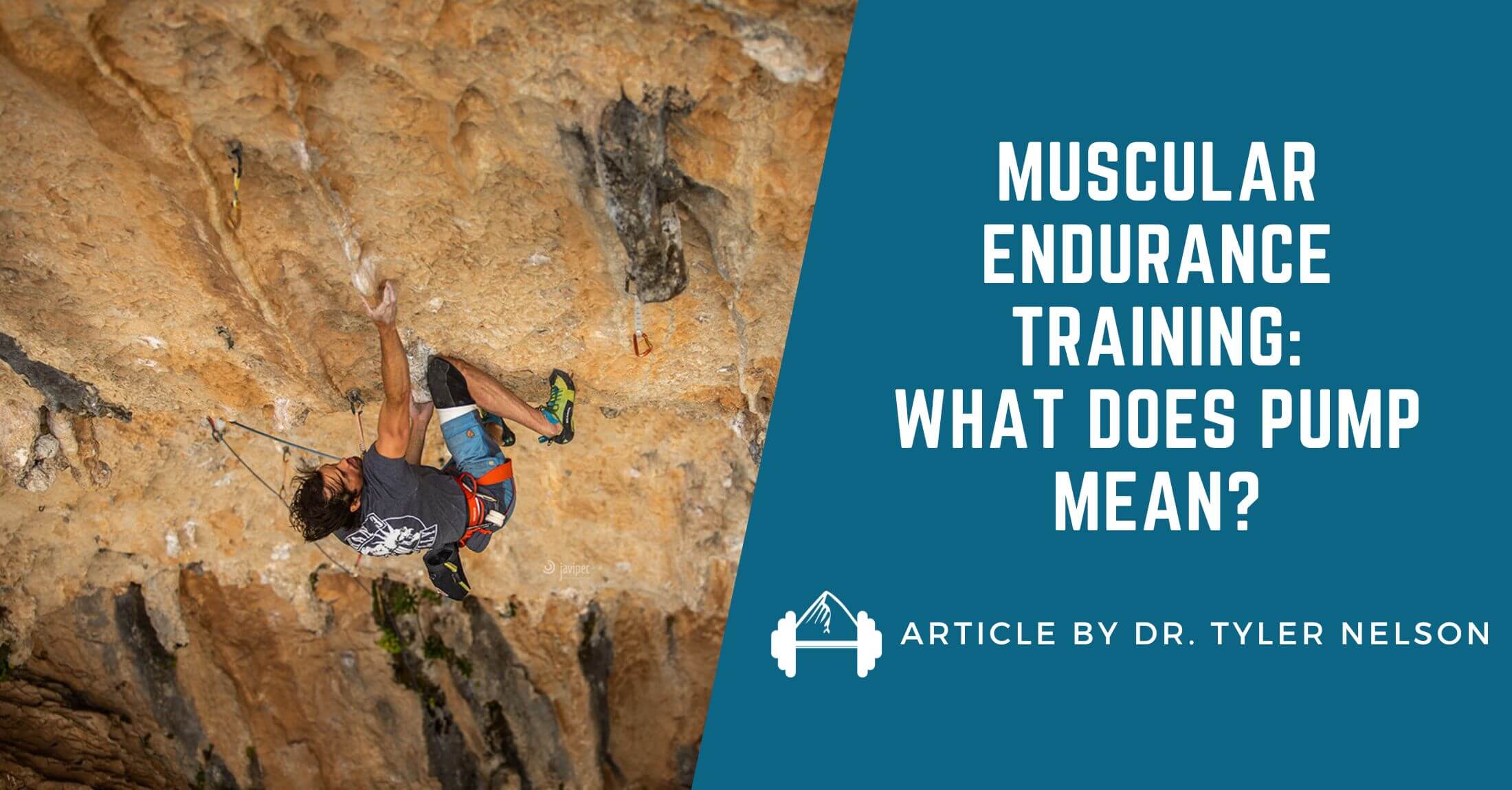As training becomes more popular, climbers are becoming increasingly focused on trying to get stronger fingers. However, even as we learn more about exactly what effective climbing training looks like, hangboarding consistently proves to be the best way to improve finger strength.
Ultimately, there are a infinite number of workouts and protocols that can be used to get stronger fingers. To help you digest all of this information and find a hangboarding program that works for you, here’s an article by Brendan Blanchard from Climbing Magazine that covers the hangboarding basics and gives you an easy to follow workout that is guaranteed to help you get stronger fingers.
“Training strength usually requires isotonic exercises like pull-ups that involve moving the joint through its range of motion, so muscles get stronger at every angle. In climbing, the fingers remain relatively static after grabbing a hold, so it’s best to train finger strength in the most common positions: full-crimp (second knuckle above the first), half-crimp (second knuckle even with the first), and open-hand (second knuckle below the first). To train those positions, we’ll use isometric exercises, meaning holding a position statically without moving the joint, commonly referred to as a “dead hang.” You will gain strength in roughly 20 degrees of joint flexion in either direction from the grip you choose.” – Brendan Blanchard
Hangboarding Workout:
The workout Blanchard outlines is essentially a variation on the classic repeater protocol. He suggests you select five different holds and hang 10 seconds on, 5 seconds off for 5 repetitions. For this workout, you do two sets in a row on each of the five grips for a total of 10 sets resting 3 minutes between each set.
Hangboarding Basics:
Ultimately, while this workout will definitely work and improve your finger strength, the specific protocol is less important than following the basic principles Blanchard outlines. Here are the basic hangboarding rules and principles he outlines:
- Planning a hangboard workout
- Progressing the difficulty
- Choosing holds
- Making adjustments
- Proper hangboarding technique
Even if you have no intention of using Blanchard’s specific workout, click through below to read about these hangboarding rules in greater detail. When performed correctly, hangboarding is a powerful tool that has the potential to drastically improve your climbing. However, if you really want to maximize your potential gains, it must be done correctly. If you are going to put in the hard work, make sure your efforts aren’t going to be wasted or result in injury.
Full Article: How to Get Stronger Fingers
(photo courtesy of climbing.com)
Other Articles You Might Like:
- Bare Naked Hangboarding
- Training For Climbing – Finger Strength Video
- Hangboard Ladders with Steve Bechtel
- Ask Kris :: Finger Training Mini Episode






Leave A Comment